The ’70s was an unforgettable time of cultural shifts and technological leaps, but it was also a period when everyday luxuries had high price tags that seem unbelievable now. Some things we take for granted today were cutting-edge, costly, and even aspirational back then. Let’s look at those big-ticket items from the ’70s that are now so common or cheap, they’re practically free.
1. Barware and Cocktail Sets
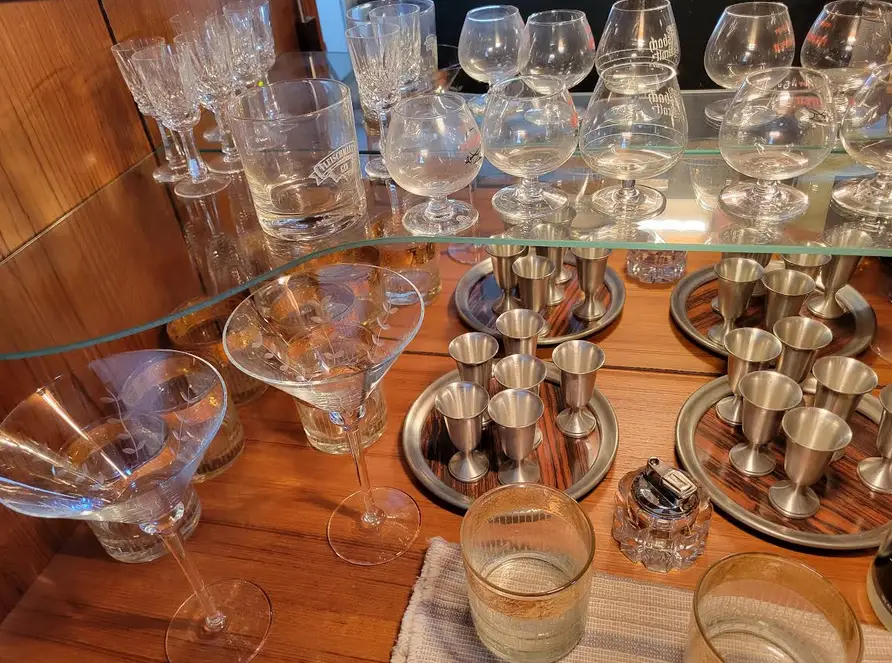
Home entertaining was huge in the ‘70s, and people spent a lot on stylish barware and cocktail accessories to match the trend. Now, basic bar kits are widely available and affordable, with options for every budget, or you can enjoy a craft cocktail experience with far less investment at bars everywhere.
2. Cordless Telephones
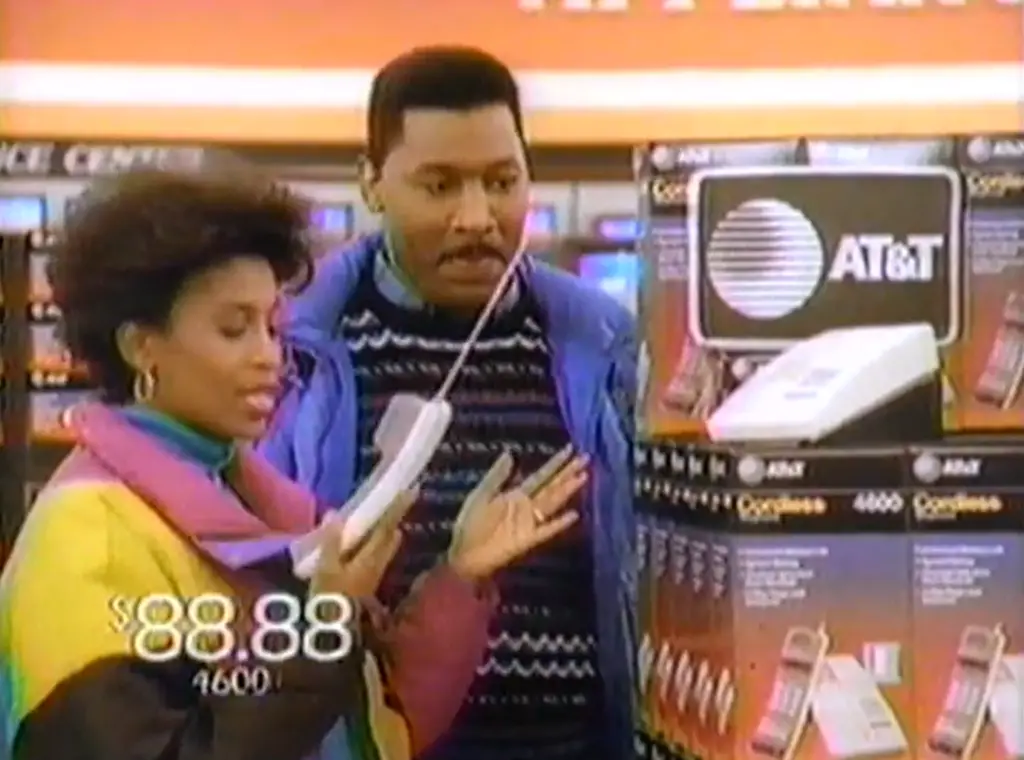
Cordless phones were a new innovation that freed people from being tethered to the wall, though they were quite expensive. Now, wireless devices are everywhere, and our mobile phones go wherever we go, making landline-style cordless phones feel quaint and unnecessary.
3. Calculators
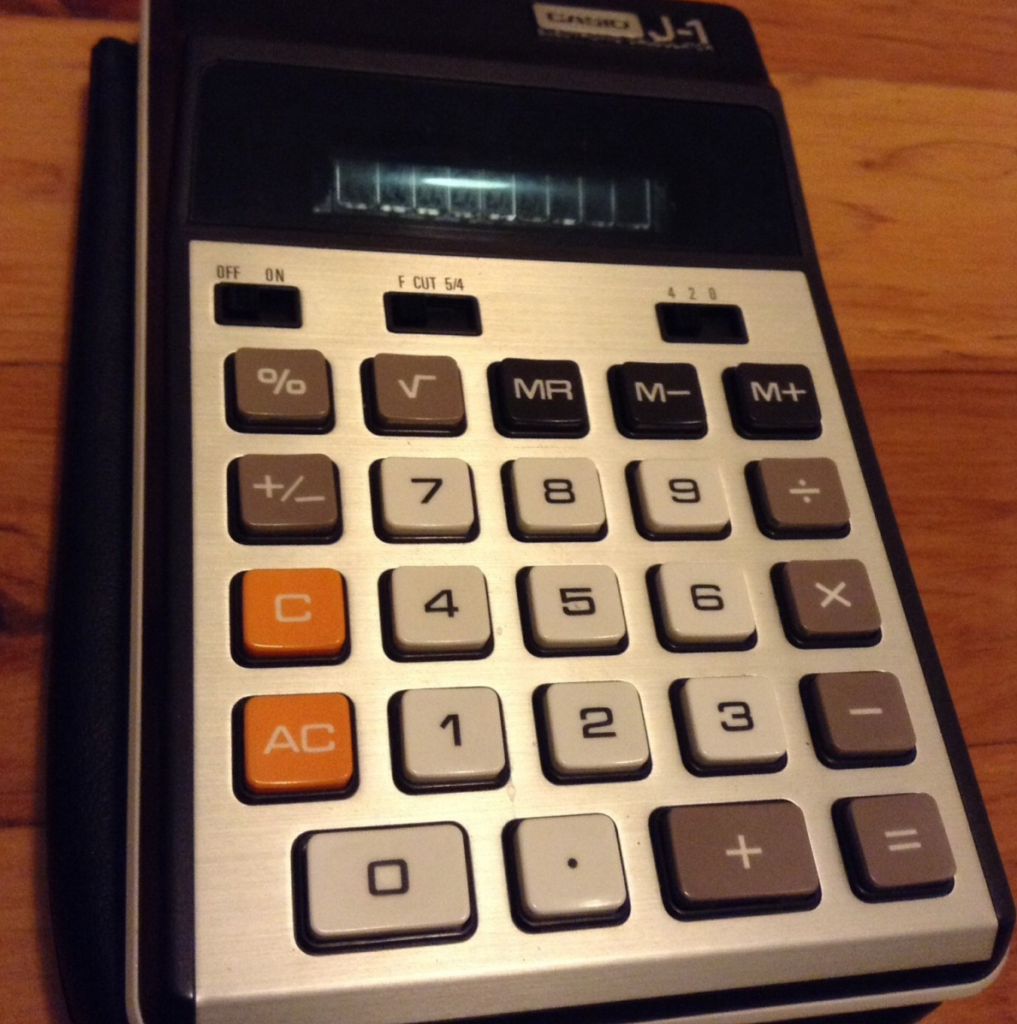
A simple handheld calculator in the ‘70s could set you back nearly $100—a considerable sum then! Nowadays, calculators are everywhere, built into our devices and available for free online, making it hard to imagine paying so much just to do some math.
4. Music
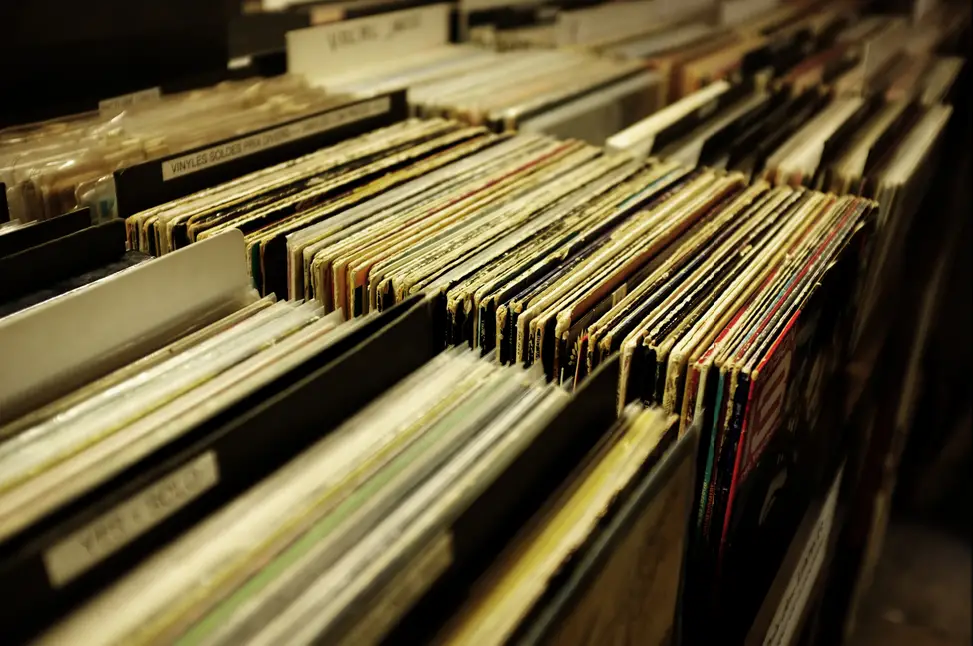
Records, 8-tracks, and cassettes were not only expensive, but collecting music meant investing in each album. Now, with countless streaming platforms and radio apps, accessing music from any decade costs a fraction of what it once did, and we can listen to almost any song at the click of a button.
5. Instant Cameras, Film, and Photography in General
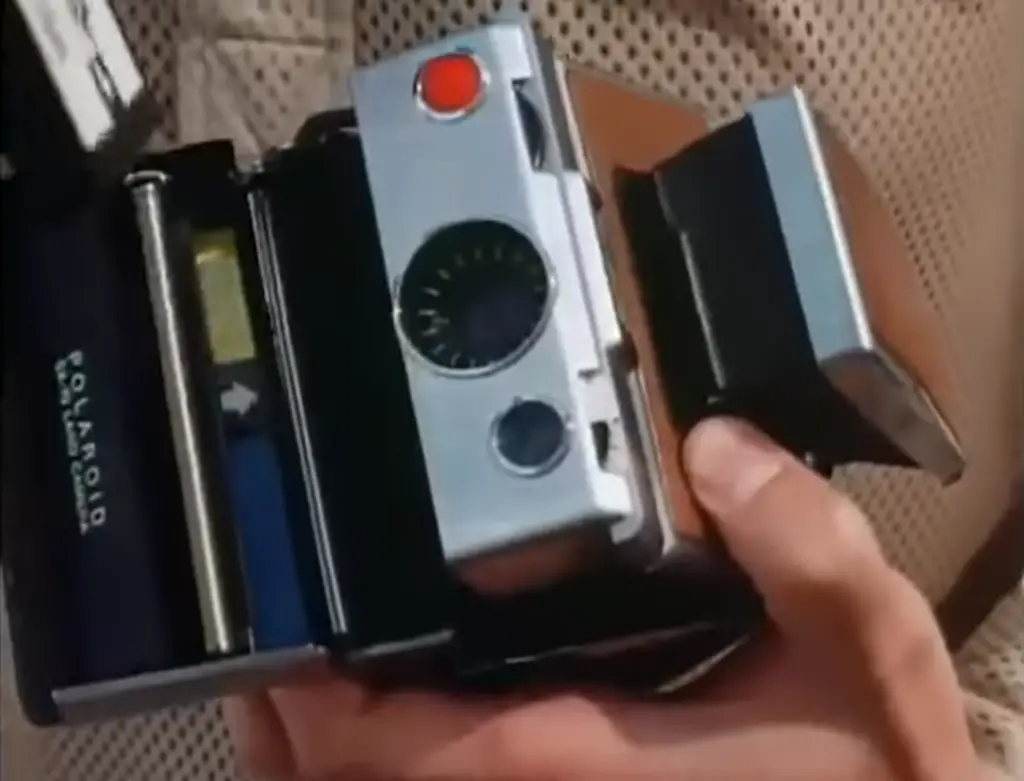
In the ’70s, Polaroid cameras were a game-changer for capturing memories instantly, but both the cameras and film were pricey. Today, phone cameras have replaced them with instant digital photography, while modern versions of Polaroid-style cameras are far more affordable, with digital photos largely taking away the cost of each snap.
6. Microwaves
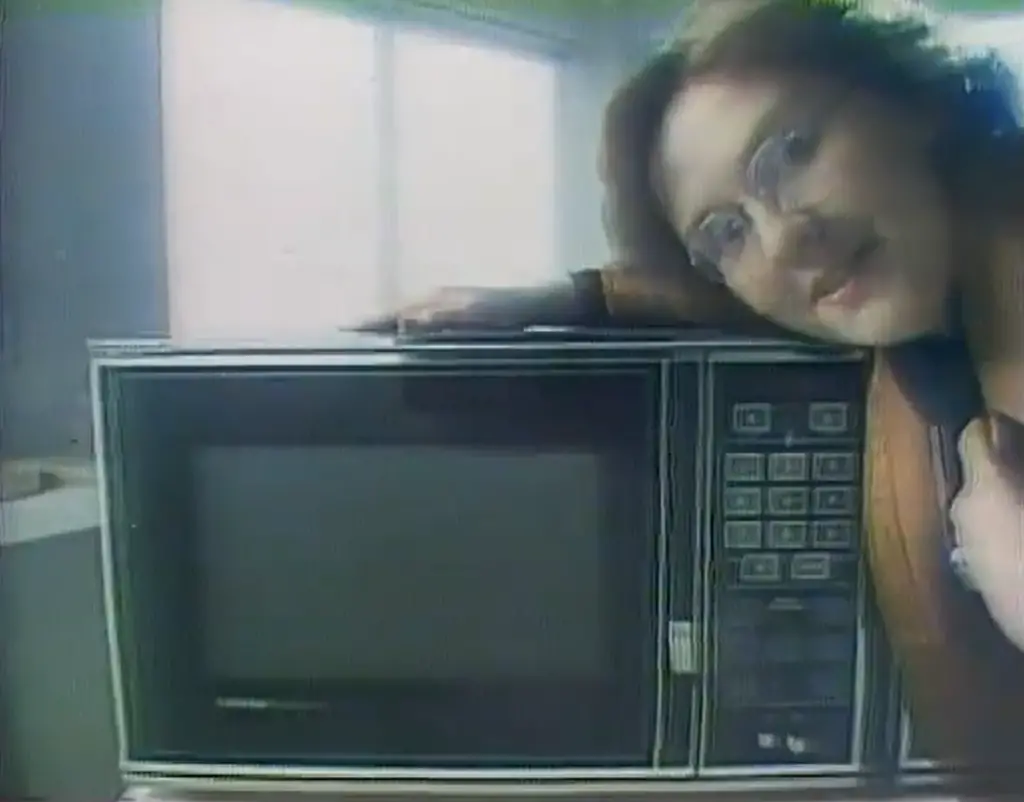
When microwaves first hit the market, they were considered a high-tech splurge item, and buying one set you back a few hundred dollars. Now, even a quality microwave is super affordable, a kitchen essential rather than a luxury.
7. Encyclopedias
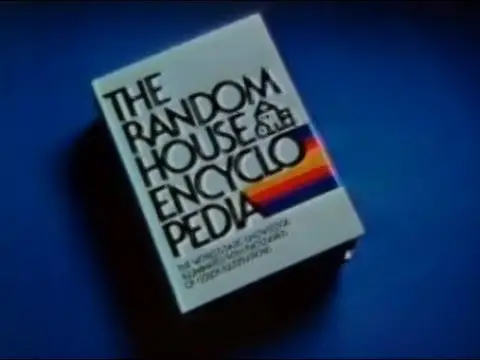
Owning an encyclopedia set was like having the internet in book form—informative and impressive, but also a serious investment. Today, we have Google, Wikipedia, and countless free resources at our fingertips, making the idea of paying hundreds for information almost unimaginable.
8. Desk Lamps and Lighting Fixtures
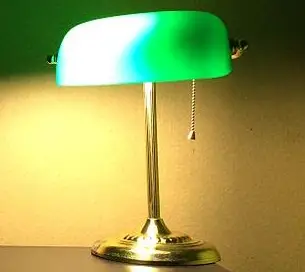
Decorating with unique lighting fixtures was a big trend, and stylish desk lamps were a fashionable but expensive investment. Now, LED technology has made lighting cheap and versatile, with endless options at every price point, including smart lights that change color and connect to apps.
9. Air Travel
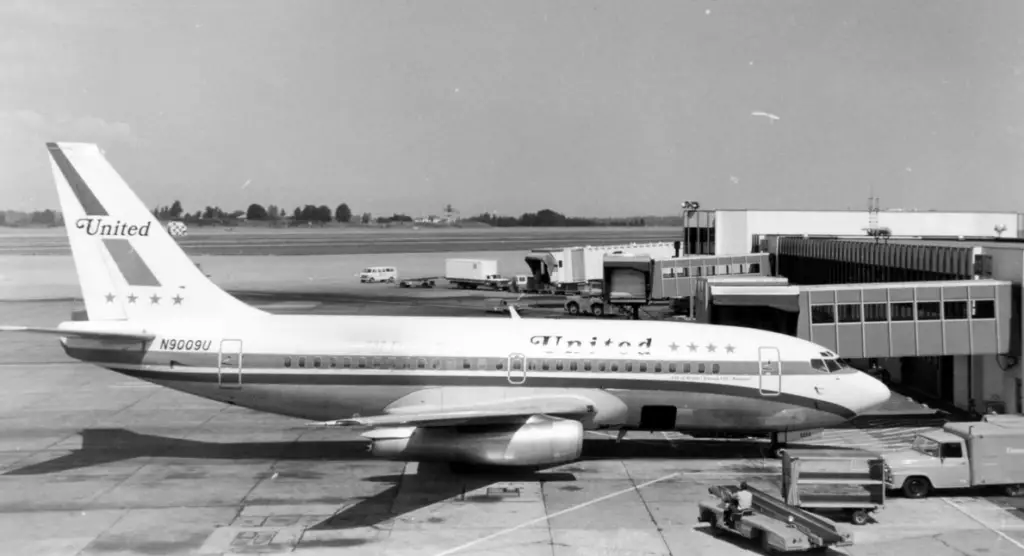
Air travel in the ’70s was luxurious and expensive, and only people with substantial budgets could fly frequently. While airfare still costs money, budget airlines and last-minute deals make travel more affordable now than ever, opening up the skies to more people.
10. Health Club Memberships
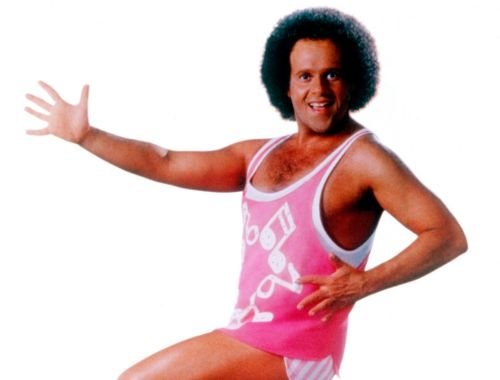
In the ’70s, joining a gym was a rare, high-priced activity usually reserved for the well-off. Today, with free online workouts, budget gyms, and exercise apps, staying fit has become a lot more accessible.
11. International Mail
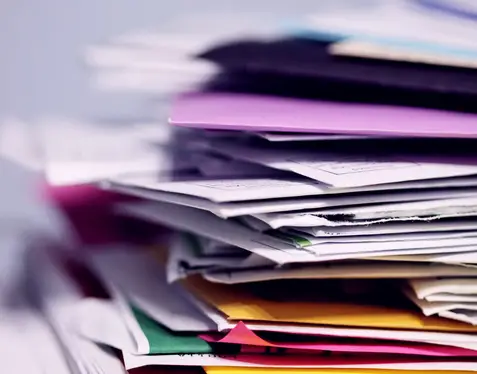
Sending mail overseas was once an expensive and slow process, with people often limiting their letters to a few times a year. Now, we send emails, chat via apps, and make international video calls for free, connecting across borders instantly.
12. Home Computers
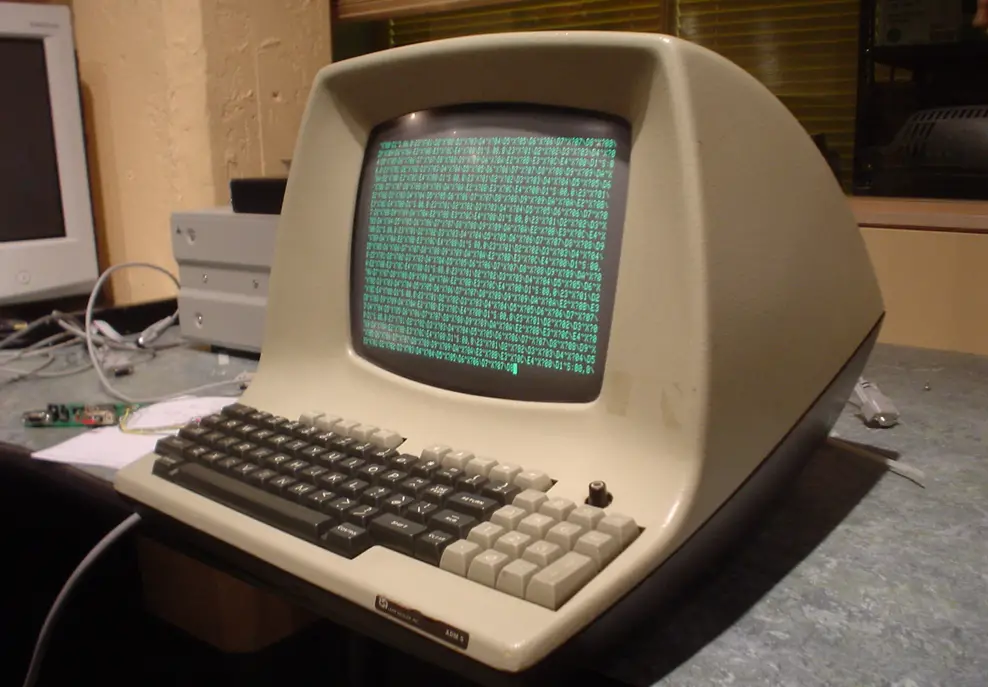
When the first personal computers hit the market in the late ’70s, they were expensive, huge, and often clunky. Today, computers are smaller, far more powerful, and infinitely cheaper, with many essential tools accessible for free.
13. Movie Rentals
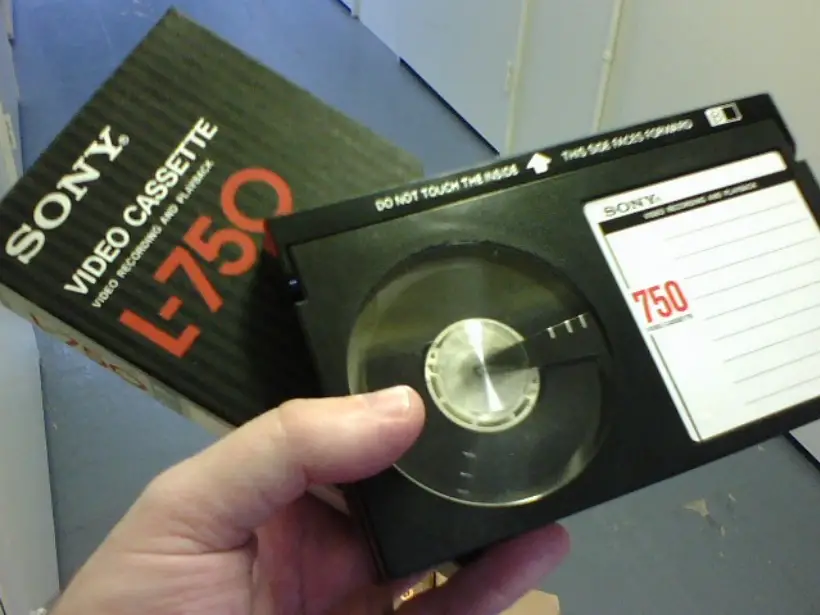
Renting movies was a big deal in the ’70s and ’80s when VHS tapes and rentals were a new thing, often coming with late fees. Streaming services now let us watch whatever we want whenever we want, no more last-minute trips to the store.
14. Wristwatches
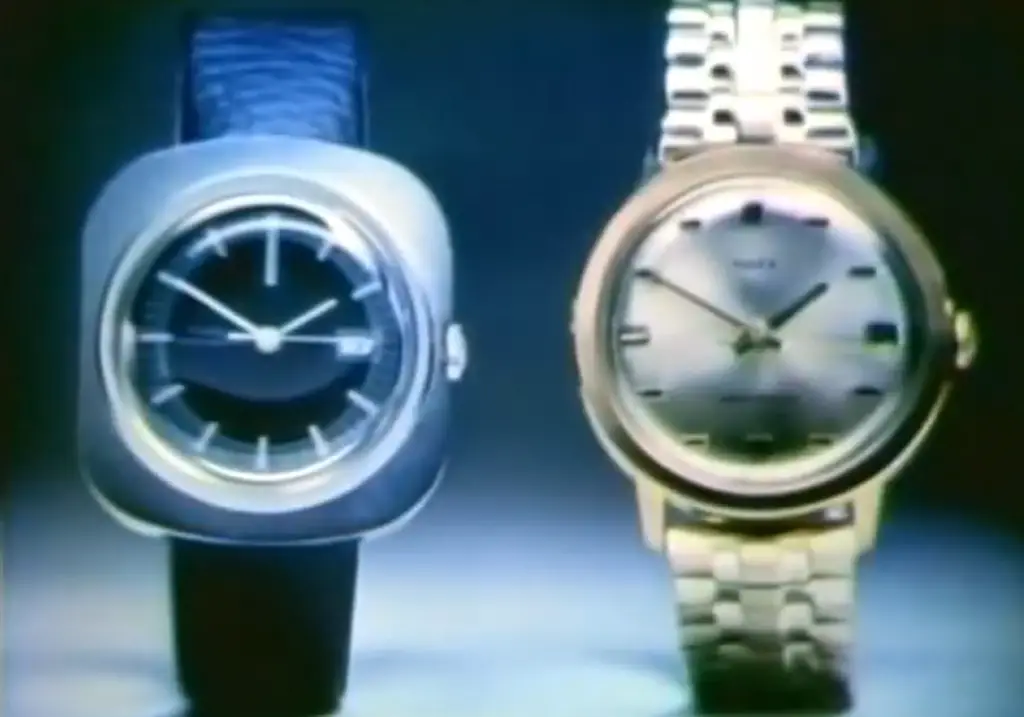
In the ’70s, a quality wristwatch was an investment and a prized accessory, often marking milestones or status. Today, many people just check their phones for the time, and if you do want a watch, there are options for every budget.
15. Television Channels
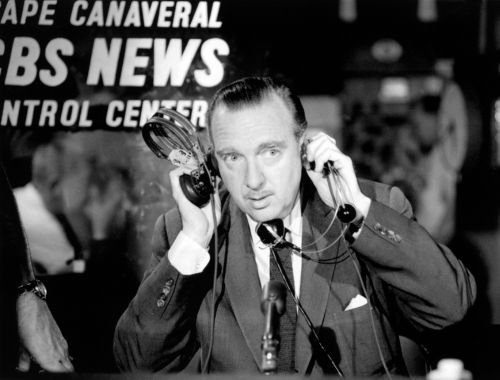
Back then, you paid extra for cable just to get a few extra channels, and “premium” packages were a huge expense. Now, streaming platforms with endless choices cost a fraction of what cable did, giving us more entertainment than we can keep up with.
16. Men’s and Women’s Grooming Products
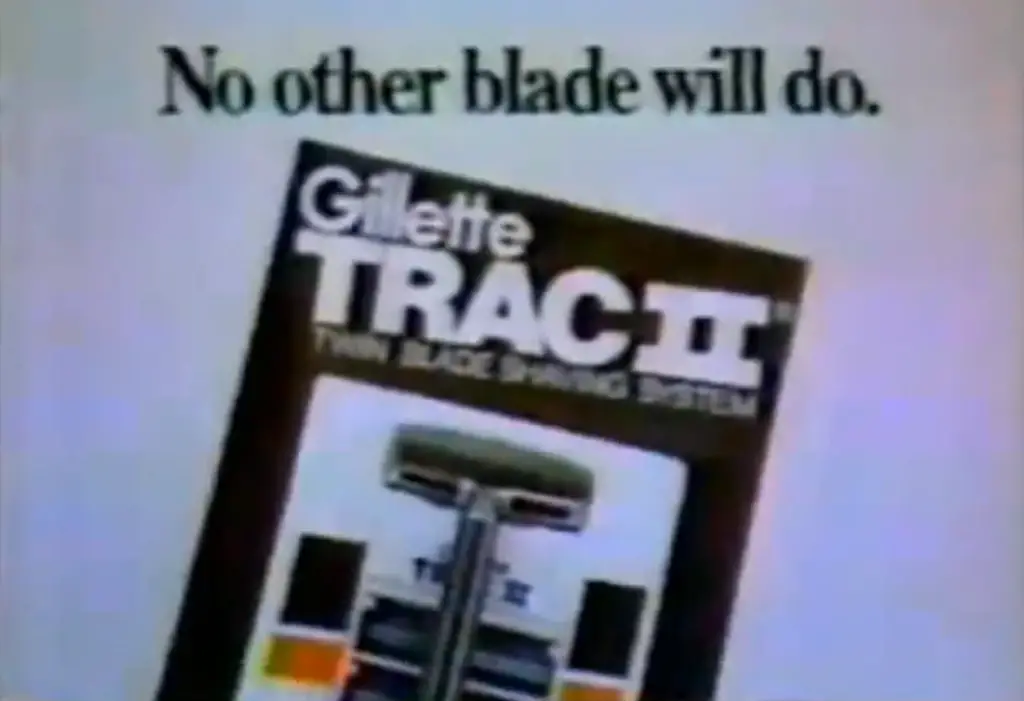
A high-quality razor or blow dryer was an investment in the ’70s, with limited brands making these personal items pricey. Now, with numerous affordable brands and innovations like electric razors and advanced hair tools, grooming is more budget-friendly than ever, and salon results are within reach at home.
17. Board Games
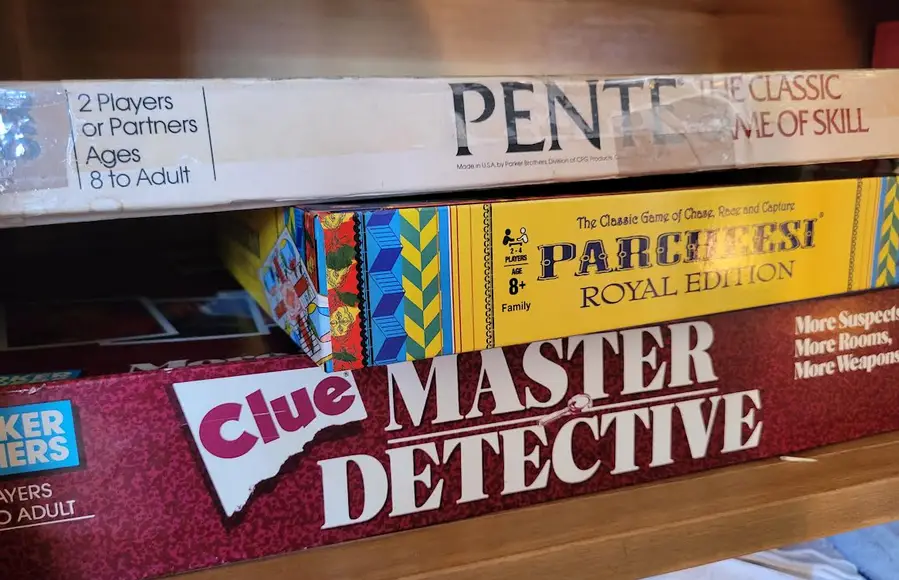
While board games were a social mainstay in the ’70s, they also cost quite a bit, especially for popular ones with a lot of pieces. Now, many classic games are available for free on apps, giving us the nostalgia of a game night with just a swipe.
18. School Supplies
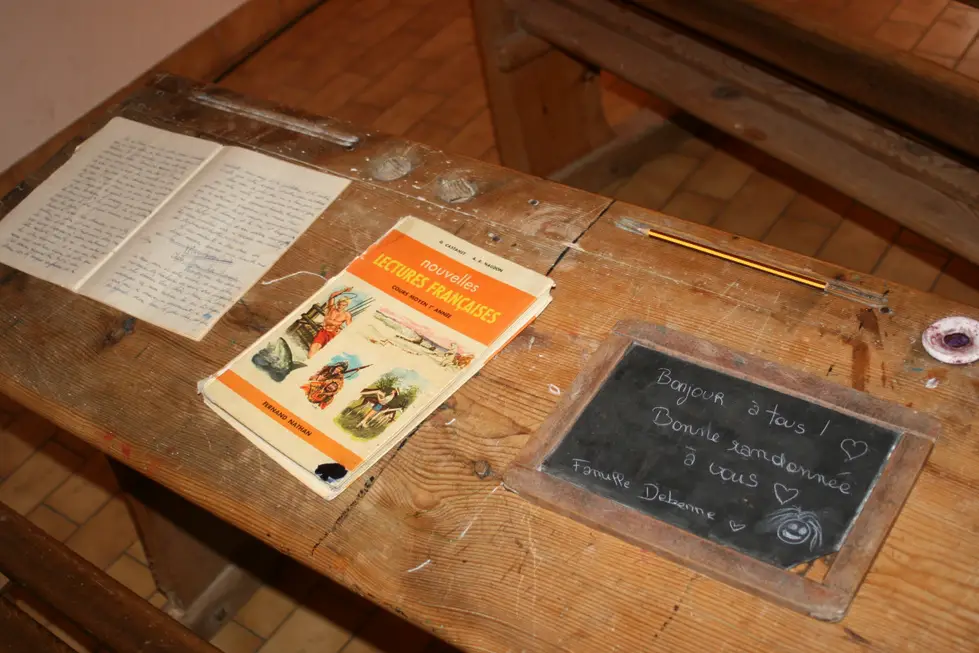
Back-to-school shopping in the ’70s meant paying for each notebook, pencil, and calculator individually, and good supplies came with a price. While supplies still have a cost, much of the work has moved to free digital apps, making the paper-filled days of school a thing of the past for many students.
The things we once paid a premium for have now become practically free or accessible to all, showing just how much technology has transformed everyday life since the ’70s. These shifts remind us of a time when luxury was about things we now take for granted, making us appreciate just how much the world has changed.


